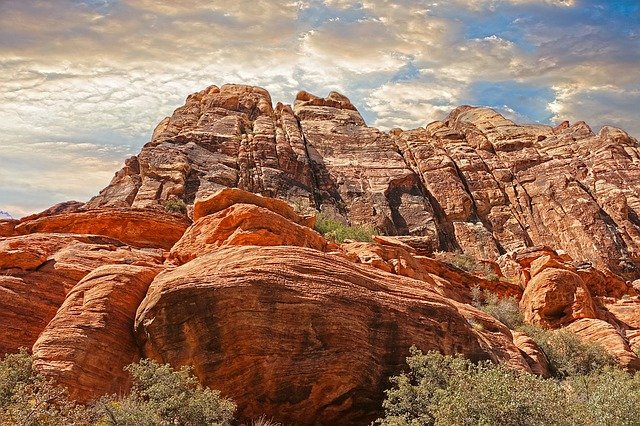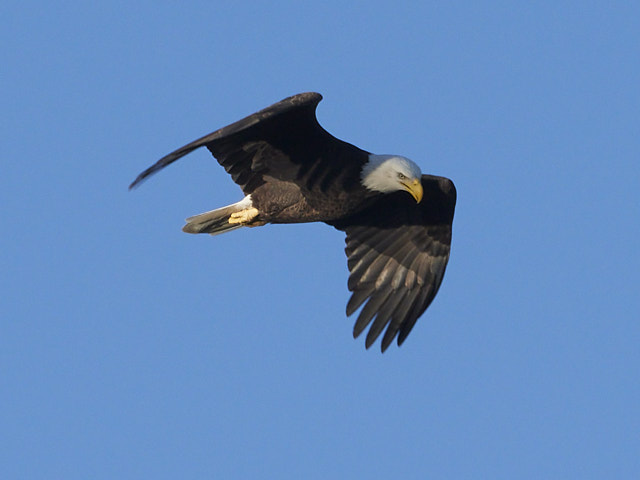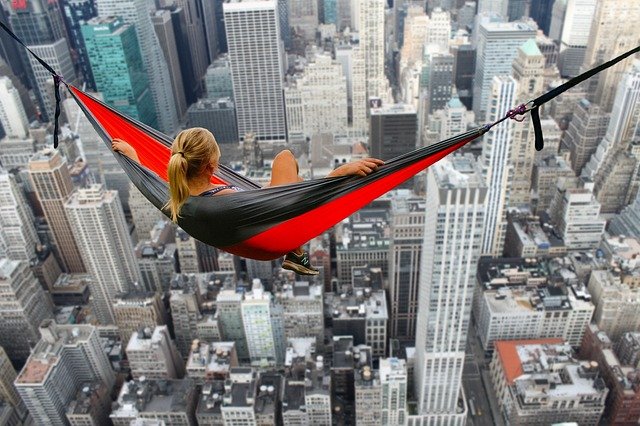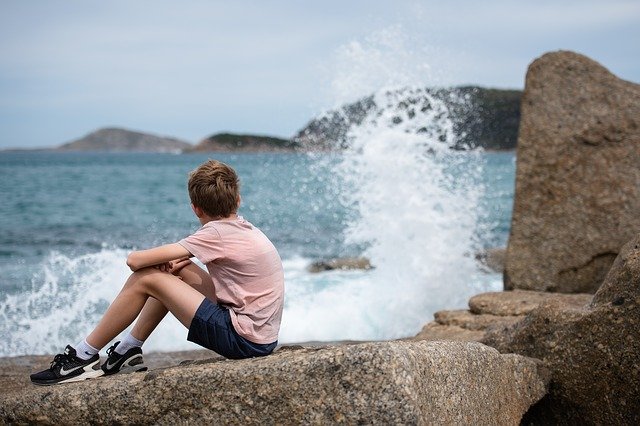Over multiple decades in the tech industry I was regularly asked to speak at conferences. For a number of years I could set my summer calendar ahead of time, knowing full well that someone was going to need a nerd to speak publicly on subjects that were in my wheelhouse. In all likelihood, that nerd would be me. This brought with it another guarantee – at least one trip to Las Vegas. This also frequently meant a family road trip with stops along the way there and back to see portions of America that are both foreign and beautiful, particularly to someone who has spent most of their life getting rained on. Las Vegas may seem like an odd family destination (particularly if you know that we are not drinkers or gamblers or any other thing Vegas encourages to “stay there” after happening), but there is actually plenty of family friendly fare and, for the more science minded, an amazing amount of diversity on the road from here to there. The landscape changes from the piney woods to grassy plains and eventually to one of the two biomes we are looking at this week in our curriculum: deserts.
When you live through the torrential rains that are occasionally unleashed on Southeast Texas, the concept of a desert can be hard to grasp. This is of course truer for young children who have never seen a desert landscape in person. While we are used to thinking of deserts as hot – and the areas we went through certainly met that portion of the definition – deserts can also be very cold. What they are boils down to a lack of precipitation – not a temperature range. When we work with the children to present these biomes, ultimately what they learn is that Deserts are places that lose more water via evaporation than they receive via precipitation which results in landscapes that are very harsh to living things that are not adapted to them. There are, however, a number of living things adapted to these environments do exist, making these areas if moisture deficit surprisingly diverse. And this is the second thing that the children learn about deserts. They are teaming with life.
Deserts, as a biome, are an excellent way for us to help children expand their notion of what living things are. Beyond that expansion is also an understanding that living things live in different ways. We all know plants are very much alive (particularly those of us with the odd brown thumb that can easily demonstrate how to make them the opposite of living). One of the coolest displays of life in the desert world occurs near Los Angeles in the Anza-Borrego desert. When rain falls, the desert goes from mostly desolate to bright and colorful. As the plants, many of which looked like little more than sticks, take on water and suddenly bloom with flowers, other forms of life are attracted to the area. Caterpillars, beetles, bees, and hummingbirds quickly arrive to feed and gather resources from the new growth. The presence and sudden activity of these animals bring new predators who hunt them. Beyond the expected activity from lizards and rattlesnakes, animals that are desert staples, hawks appear and gorge themselves on the insects. The resources are consumed rapidly and the desert begins to dry again. This is a cycle of life that is amazing to see.
While deserts occupy very large areas, our second biome this week vary in size and location. That biome is the savanna. Like deserts, savannas can be arid, but they are defined more by seasonal availability of water rather than by absolute scarcity. They also have trees. Not dense forest, but rather trees that are spaced far enough apart to allow light to reach the ground all around and benefit their final defining feature: grasses. The most famous savannas are those in Africa which serve as the backdrop for The Lion King as well as any number of outstanding documentaries from the BBC and other sources. But there are savannas in the US as well. The prime example is the temperate savannas that make up large portions of the Great Plains region of the United States and Canada. Rather than desert scrub and cacti, savannas in the US feature sagebrush and tall grasses interspersed with trees.
Native wildlife in US Savannas include bison, prairie dogs, coyote, pronghorn, ferret, wild turkey, and a variety of flying birds. Hot summers bring about snakes and other reptiles. Insects are plentiful and serve as a food source for larger fauna. A trip to Kansas, Oklahoma, Nebraska, South Dakota, and North Dakota as well as portions of Wyoming, Texas, Colorado, and Missouri provide a visual experience of what a Savanna is really like. A quick look at the list of states above should readily bring to mind a large portion of the food sources for the continental United States. As with deserts, this is a place we have traveled extensively, particularly Ms. Christina who comes from the region and grew up exploring much of it with family.
Beyond the realm of vacations, these biomes present an opportunity to appreciate the world and all of its diversity in a way that simply staring out a window from home cannot provide. Help your kids think about the importance of water and what it would mean if they didn’t have enough. Do a little virtual exploration in your down time. Help them explore the animals and plants that inhabit these fascinating worlds. And if you get the chance – the vacation thing can be really cool.





